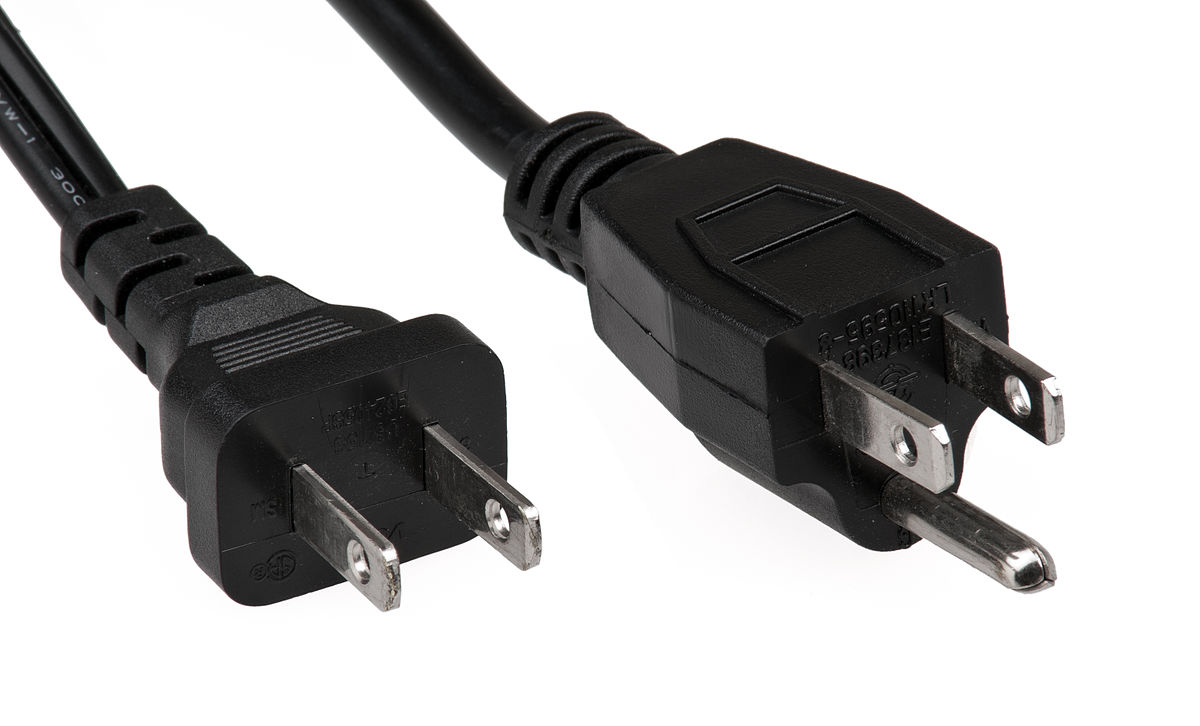So to give more context.
I recently purchased a used 2020 model 3.
I been using my standard outlet (120v 15amp. It charges at 12 amps and is slow.
Recently I purchased 10-3 wire and a 30 amps breaker and a Nema 14-50 outlet and a new mobile charger. After installed the car registers the 240v but limits me to 5amps only.
I went into the charging section amd it says it has a max of 5 amps.
However when I install the previous 110v set up it goes right up to 12 amps.
I checked the plug.... wires and breaker all are correct.
My question is what am I doing wrong ? Why can't I charge above 5 amps with a 10-3 wire, 240v 30amp breaker?
I recently purchased a used 2020 model 3.
I been using my standard outlet (120v 15amp. It charges at 12 amps and is slow.
Recently I purchased 10-3 wire and a 30 amps breaker and a Nema 14-50 outlet and a new mobile charger. After installed the car registers the 240v but limits me to 5amps only.
I went into the charging section amd it says it has a max of 5 amps.
However when I install the previous 110v set up it goes right up to 12 amps.
I checked the plug.... wires and breaker all are correct.
My question is what am I doing wrong ? Why can't I charge above 5 amps with a 10-3 wire, 240v 30amp breaker?



